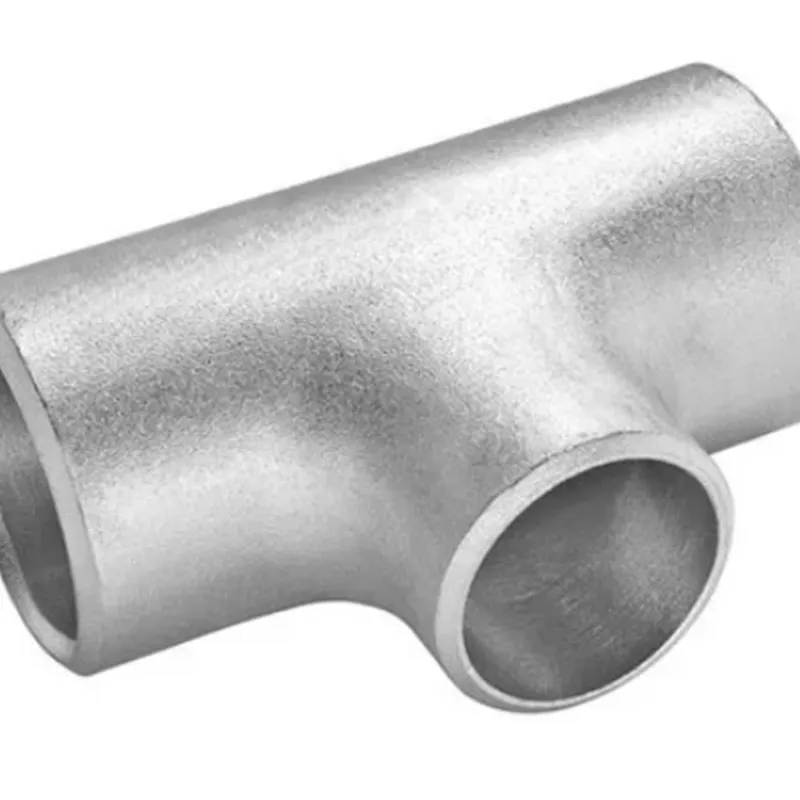-
Cangzhou Yulong Steel Co., Ltd.
-
Phone:
+86 13303177267 -
Email:
admin@ylsteelfittings.com
- English
- Arabic
- Italian
- Spanish
- Portuguese
- German
- kazakh
- Persian
- Greek
- French
- Russian
- Polish
- Thai
- Indonesian
- Vietnamese
- Zulu
- Korean
- Uzbek
- Hindi
- Serbian
- Malay
- Ukrainian
- Gujarati
- Haitian Creole
- hausa
- hawaiian
- Hebrew
- Miao
- Hungarian
- Icelandic
- igbo
- irish
- Japanese
- Javanese
- Kannada
- Khmer
- Rwandese
- Afrikaans
- Albanian
- Amharic
- Armenian
- Azerbaijani
- Basque
- Belarusian
- Bengali
- Bosnian
- Bulgarian
- Catalan
- Cebuano
- China
- China (Taiwan)
- Corsican
- Croatian
- Czech
- Danish
- Esperanto
- Estonian
- Finnish
- Frisian
- Galician
- Georgian
- Kurdish
- Kyrgyz
- Lao
- Latin
- Latvian
- Lithuanian
- Luxembourgish
- Macedonian
- Malgashi
- Malayalam
- Maltese
- Maori
- Marathi
- Mongolian
- Myanmar
- Nepali
- Norwegian
- Norwegian
- Occitan
- Pashto
- Dutch
- Punjabi
- Romanian
- Samoan
- Scottish Gaelic
- Sesotho
- Shona
- Sindhi
- Sinhala
- Slovak
- Slovenian
- Somali
- Sundanese
- Swahili
- Swedish
- Tagalog
- Tajik
- Tamil
- Tatar
- Telugu
- Turkish
- Turkmen
- Urdu
- Uighur
- Welsh
- Bantu
- Yiddish
- Yoruba

Dec . 17, 2024 14:31 Back to list
Stainless Steel Pipe Bend Applications and Advantages in Industrial Settings
Understanding SS Pipe Bends A Comprehensive Overview
Stainless steel (SS) pipe bends are crucial components in various industrial applications, serving as essential connectors in piping systems. These bends facilitate the smooth transfer of fluids and gases, enabling systems to navigate around obstacles while maintaining efficient flow dynamics. In this article, we'll delve into the characteristics, manufacturing processes, applications, and benefits of stainless steel pipe bends.
Characteristics of Stainless Steel Pipe Bends
Stainless steel is renowned for its durability, corrosion resistance, and aesthetic appeal. The primary alloys used for stainless steel pipe bends include 304 and 316 grades, each offering unique properties. Grade 304 is commonly used due to its excellent corrosion resistance and formability, making it suitable for a range of applications. On the other hand, Grade 316 is preferred in environments that require high resistance to pitting and crevice corrosion, especially in marine applications or where exposure to chemicals is prevalent.
The bends themselves come in various angles, typically ranging from 45 to 180 degrees, allowing for versatility in design. Their dimensions can be customized according to the specifications of the piping system, ensuring seamless integration with existing infrastructure.
Manufacturing Processes
The manufacturing of stainless steel pipe bends involves several techniques, including bending, welding, and welding processes. Cold bending is the most common method, where the stainless steel pipes are bent at room temperature. This technique minimizes the risk of altering the material properties and ensures that the bends retain their strength and integrity.
For more complex shapes or tighter radii, hot bending may be employed. This process involves heating the metal before bending, allowing for easier manipulation of the material. Additionally, various welding processes, such as TIG (Tungsten Inert Gas) and MIG (Metal Inert Gas), are utilized to join sections of pipes and bends, ensuring a strong and durable connection.
ss pipe bend

Applications of Stainless Steel Pipe Bends
Stainless steel pipe bends are widely used across numerous industries. In the oil and gas sector, they play a vital role in connecting pipelines, facilitating the transportation of crude oil and natural gas from extraction sites to refineries. In the food and beverage industry, the hygienic properties of stainless steel make it ideal for transporting liquids and gases, where contamination is a critical concern.
Moreover, these bends are key components in HVAC (Heating, Ventilation, and Air Conditioning) systems, where they are used to redirect airflow and improve system efficiency. In construction, stainless steel pipe bends are employed in plumbing systems and structural applications due to their strength and resistance to corrosion.
Benefits of Using Stainless Steel Pipe Bends
The use of stainless steel pipe bends offers several advantages. Their exceptional corrosion resistance prolongs the lifespan of piping systems, reducing maintenance costs and the frequency of repairs. Additionally, stainless steel's aesthetic appeal makes it a preferred choice for visible installations, as it retains its shine and does not easily tarnish.
Another notable benefit is the environmental impact. Stainless steel is 100% recyclable, making it a sustainable option. By opting for stainless steel over other materials, industries can contribute to reducing waste and promoting a circular economy.
Conclusion
In conclusion, stainless steel pipe bends are invaluable components in various applications, known for their strength, durability, and resistance to corrosion. Their versatility in terms of dimensions and angles allows for seamless integration within existing systems, making them a preferred choice in many industries. As technology advances, the manufacturing processes behind stainless steel pipe bends continue to evolve, ensuring that they meet the ever-growing demands of industry standards. By understanding their characteristics, applications, and benefits, professionals can make informed decisions that enhance the efficiency and longevity of their piping systems.
Latest news
-
ANSI 150P SS304 SO FLANGE
NewsFeb.14,2025
-
ASTM A333GR6 STEEL PIPE
NewsJan.20,2025
-
ANSI B16.5 WELDING NECK FLANGE
NewsJan.15,2026
-
ANSI B16.5 SLIP-ON FLANGE
NewsApr.19,2024
-
SABS 1123 FLANGE
NewsJan.15,2025
-
DIN86044 PLATE FLANGE
NewsApr.19,2024
-
DIN2527 BLIND FLANGE
NewsApr.12,2024
-
JIS B2311 Butt-Welding Fittings LR/SR 45°/90° /180°Seamless/Weld
NewsApr.23,2024











